
Growing houseplants is an incredibly gratifying hobby, even when you’re facing a challenge or a mystery. It requires you to understand your plant’s language, investigate, and solve problems you never thought existed. One observation new plant owners may notice is indoor plants emitting droplets of water.
This observation isn’t widely discussed, and you may not even be sure if it’s worth worrying about. Water drops can indicate a few different things, some more serious than others. This article is entirely dedicated to this topic, so simply scroll on to learn more.

In brief, there are three main reasons why water droplets may appear on the surface of indoor plants: dew, transpiration, and guttation. None of these are directly hurting your houseplants, but some may be an indication that your plant is not watered properly. Water droplets may also stain or damage furniture – especially wood and metal – so make sure to clean up or cover it before any issues arise.
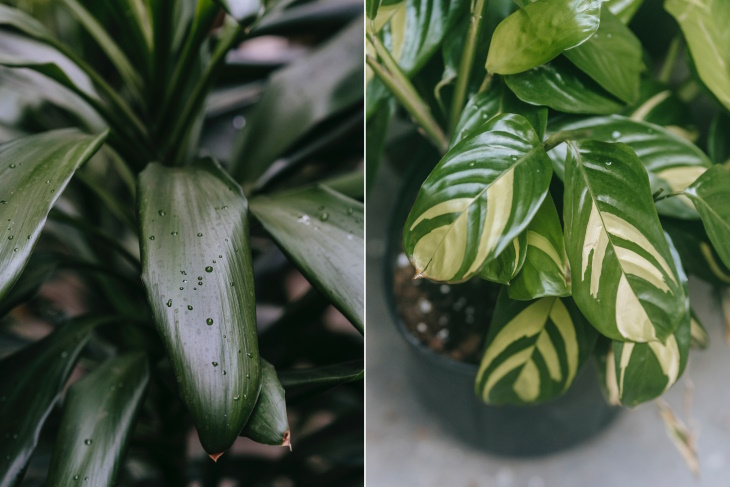
Dew can appear on the entire surface of the plant – both stems and leaves – during the cold season if you grow plants in an unheated room. However, it will most likely evaporate as the temperature rises during the day.
If you only notice a few droplets of water at the tips of the leaves, the plant is most likely undergoing transpiration. This biological term describes a plant’s natural ability to regulate the levels of water in its system. Think of it as sweating: the plant eliminates excess moisture through tiny pores called stomata located in its leaves.
Transpiration usually occurs right after you water the plant and may persist for a day or two. You will rarely see more than just a few drops of water.
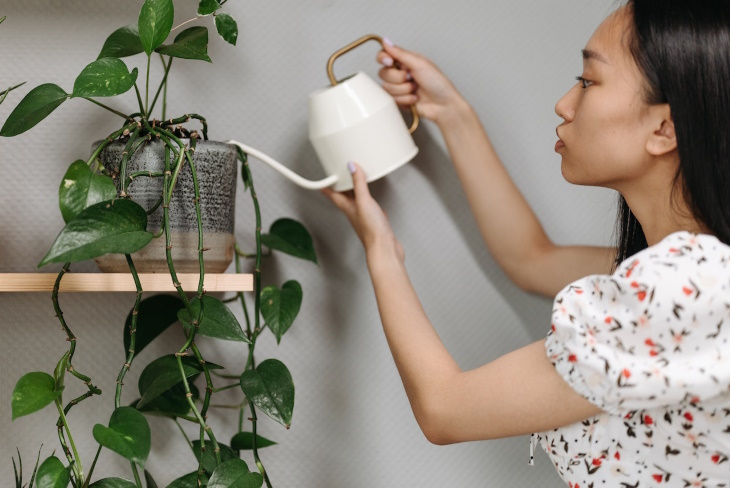
If transpiration continues longer than a few days, it may be a sign of overwatering or an irregular watering schedule. When a plant is waterlogged or extremely thirsty, it may suck up more water than it needs from its roots. That excess water needs to escape somewhere, so it is expelled through the leaves. Watering the plant more frequently and a little less will remedy the issue.
Another reason why drops of fluid may appear on the tips of leaves is guttation. It’s not as common as transpiration, and the two are often confused. The primary difference between guttation and transpiration lies in the fluid being released.
During guttation, plants exude a liquid made of water, minerals, and nutrients through specialized cells known as hydathodes in their leaves. Guttation occurs at night when the stomata are closed and the plant cannot eliminate excess water through transpiration. This liquid is called xylem sap, and it’s characteristic of many common varieties of indoor plants, e.g. succulents, ficus, and philodendrons.
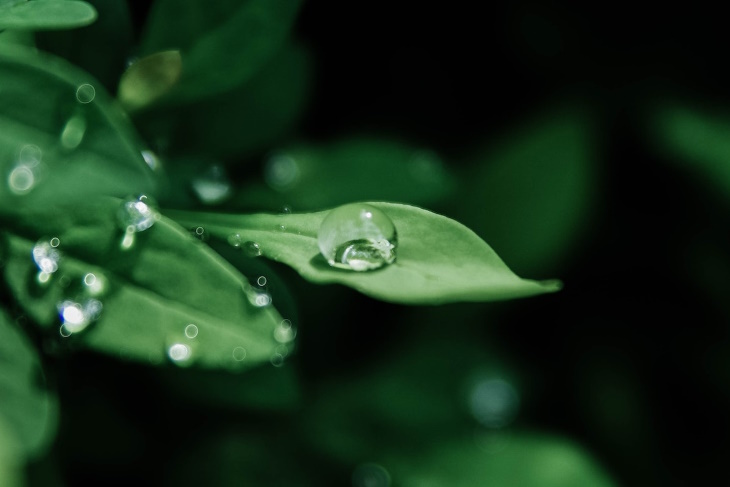
Should you wipe off guttation when you see it? Although not mandatory, it’s a wise idea to take a dry cloth and gently blot off the xylem sap. In rare cases, bacteria can grow in the sap and make the leaves rot or brown.
Occasional droplets are not a cause for concern. That being said, if the droplets persist for several days or they occur every time you water the plant, it’s likely a sign of overwatering. Even if your plant was doing fine in the summertime, for example, it may start leaking droplets when the temperatures drop and it doesn’t grow as fast. Water the plant a bit less, and see if the problem goes away.
In addition, guttation can be harmful to plants if you’ve added too much fertilizer. Minerals in the fertilizer can burn the leaves and cause the tips to turn brown over time. If you see white dots at the tips of leaves, take a pause from fertilizing, and reduce the dose of fertilizer in the future.
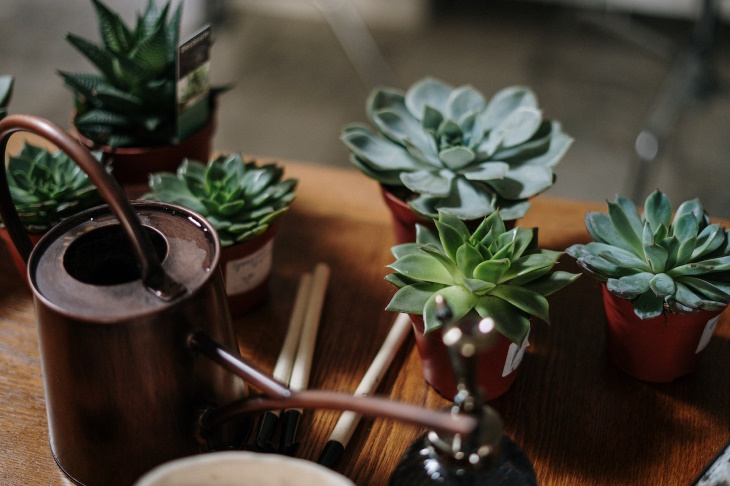
Waterlogged plants can be a serious issue, as excessive water can suffocate the roots and cause root rot. If you suspect that overwatering is the source of water droplets on your plants, watch out for the signs of overwatering:
For more signs, watch this video - 9 Signs That You're Overwatering Your Indoor Plants
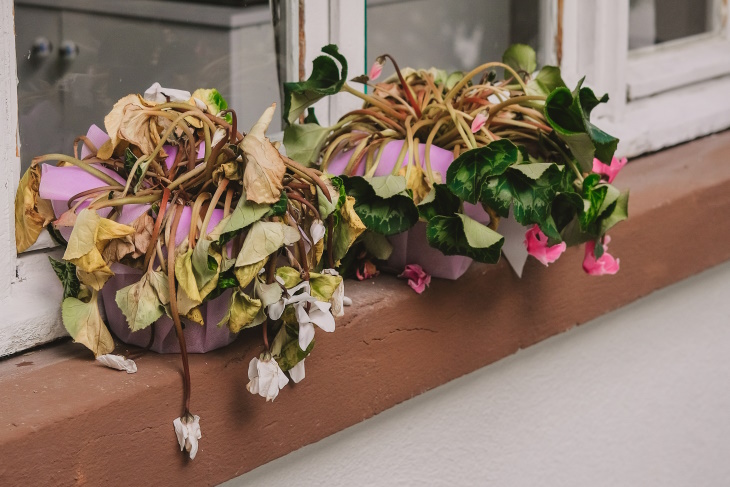
Luckily, overwatering is easy to fix.
1. Stop watering the plant for a few weeks or until the soil is completely dry (check by sticking a chopstick in the soil).
2. Meanwhile, tip the pot to the side and loosen the topsoil with a fork – both tips can help the soil dry faster. If this doesn’t help, and the plant still looks sad, you’ll likely need to repot the plant in fresh soil and trim any rotten roots with sterile gardening shears.
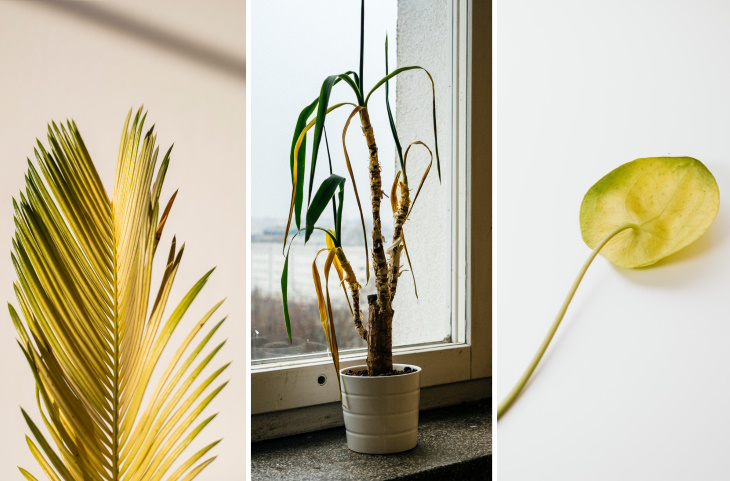
3. From then on, take a closer look at your plant’s watering needs. Only give it a bit of water when the top two inches of the soil get completely dry.
4. Read about each plant species and how much water it needs; this will vary greatly from plant to plant, which means that you may not be able to water all your plants on the same day. Create a schedule if you like taking notes, or simply group your plants by their watering needs (those that need weekly watering, biweekly, etc.) and water them in groups.
5. After watering, the soil should be damp but not wet. And finally, remember that it is always more beneficial to slightly underwater the plant than to overwater it. So don’t be afraid to extend the time in-between watering by a couple of days, even if the plant label instructions say you should water it every 2-3 days.
References: RD.com, The Spruce, New York Botanical Garden